May 21, 2025 | 05:32 GMT +7
May 21, 2025 | 05:32 GMT +7
Hotline: 0913.378.918
May 21, 2025 | 05:32 GMT +7
Hotline: 0913.378.918
Ant chicken is a rare breed of chicken living in Binh Dinh and Phu Yen regions. The name “ant chicken” is the way indigenous people call it because of its slow growth. It is also a way to distinguish this rare chicken breed from industrial chickens or industrially farmed chickens.
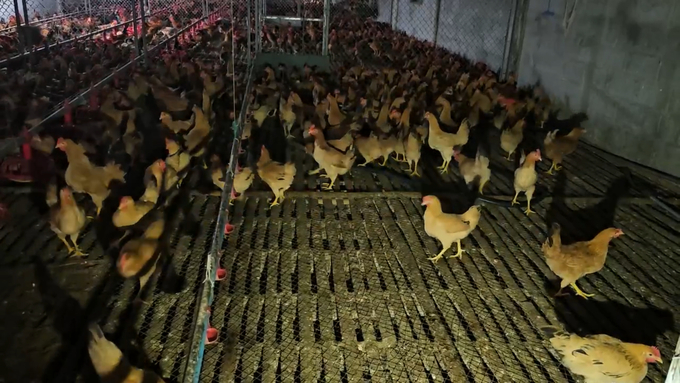
The pullet herd at the farm. Photo: Tam Phung.
On a hot summer day, Ngoc roamed around the countryside on his old scooter. Every time he heard a chicken crowing, Ngoc would come and take a look. Meeting house owners, he showcased all his “talents”, from whining, begging to feigning disastifaction, all for the goal of acquiring the “ant” rooster.
The homeowner said that he had raised several generations of ant roosters, this batch had the most beautiful cock so he wanted to keep it instead of selling it. Hearing that, Ngoc laid out his cards and sat down to talk, the host had no choice but to continue making tea.
After emptying two thermoses of boiling tea, the owner still refused to sell even though Ngoc offered a high price. Ngoc again reached for the third thermos and started pouring water into the teapot. At this point, the homeowner bowed: "Okay, I give up. Just bring it home and return it to me when you get the seeds".
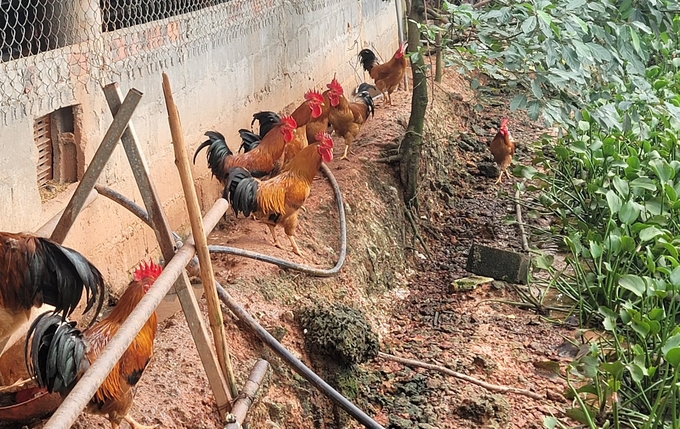
Ant roosters are raised separately for breeding. Photo: Tam Duc.
That was the story of nearly 8 years ago, now he is Tran Thanh Ngoc, Director of Nhat Minh General Trading Co., Ltd. Having its headquarters in Van Ninh commune, Quang Ninh district, Quang Ninh province, the company specializes in raising chickens for eggs and hatching them to supply ant chicken seeds to the market.
Ngoc was a student at Hue University of Agriculture and Forestry, majoring in Animal Husbandry. After a few years of patiently “signing debt” at the tea stand in front of the school gate, he received a University degree and entered the world fully packed with knowledge but had yet to put anything into practice.
During his early days, Ngoc was accepted to work at a foreign joint venture company specializing in providing chicken breeds. “Later I realized that the seeds they provide to the market were not guaranteed in terms of quality or disease resistance. It fueled my determination to produce the correct breed myself, from the origin of the parents to the safety of the breed”.
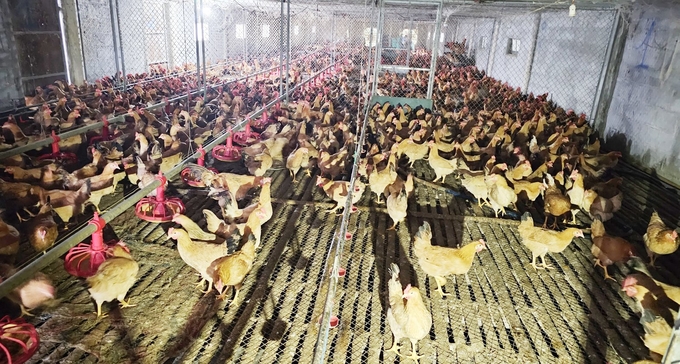
The area where eggs are selected and put into the incubator. Photo: Tam Phung.
Quitting the job was easy, and starting a business was always difficult without capital, but what caused Ngoc to lose sleep every night was “where to start”. One noon without sleep, Ngoc suddenly heard the sound of a rooster crowing which signaled the change of time. The powerful crowing sound broke the quiet space of the boiling noon.
The next day, Ngoc drove to the village market. The market was crowded, but Ngoc only looked at the corner. The women there were arranging large bamboo cages, which kept chickens of all kinds and colors for sale. There were many chickens, and only a few were ant roosters, but Ngoc was not in a position to be picky. He bought as much as he could, to the point that he became a regular at the market.
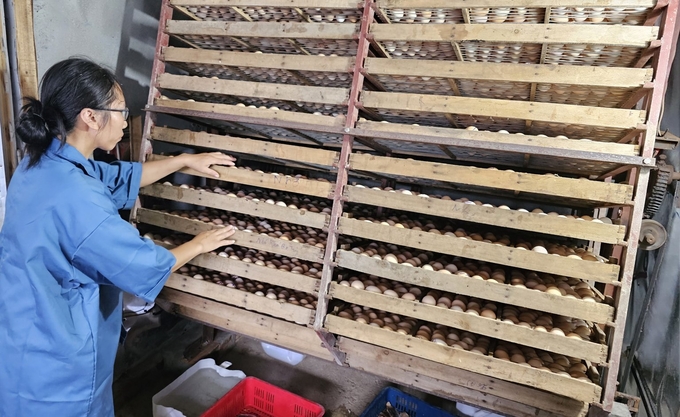
Periodical check-up at the incubator. Photo: Tam Phung.
Buying at the market was not enough. Ngoc even reached out to other districts. Having bought a few dozen roosters and hens, Ngoc felt so happy as if he had secured a treasure trove. Taking care of chickens sometimes made him skip meals. He built separate cages and injected preventive medicine to keep the chickens healthy. Then came the first chicken eggs, the first batches of chicks like colorful cotton balls running and chirping nonstop. Ngoc felt as if he had opened the door to a completely new challenge.

One-day-old chickens are taken out of the hatchery. Photo: Tam Phung.
As the farm expanded, Ngoc's chicken flock also gradually increased over time. By the time the flock reached 2,000, Ngoc began to have a "name" for himself in the chicken breeding world. The difference was that Ngoc's chicken breeds were varied in terms of color. People who came to buy chicken breeds from his farm all nodded in acceptance: "Those are ant chickens, native ones, no doubt".

After being taken out of the hatchery, the chickens are vaccinated using an automatic injection system. Photo: Tam Phung.
Orders were increasing day by day. Ngoc had to expand the farm and increase the total number of laying hens to meet the demands. The numbers kept increasing every year from 4,000 to 6,000 and 8,000, and now the farm has 10,000 chickens. Among them, there are approximately 2,000 heads for breeding.
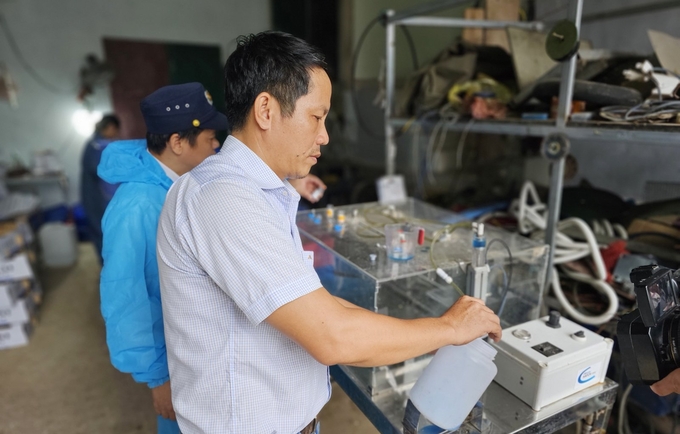
Ngoc checking the disease prevention spray machine. Photo: Tam Phung.
The company currently has a modern feed system, not to mention egg incubators and automatic vaccination machines, ensuring the quantity of eggs and quality of breeds supplied to the market. After the upgrade, the farm experiences less labor while the chicken’s health conditions are maintained stable. With just a few simple steps on the automatic feeder system, all food will be provided to the chickens on the farm, something that used to take up to 4 workers to complete.
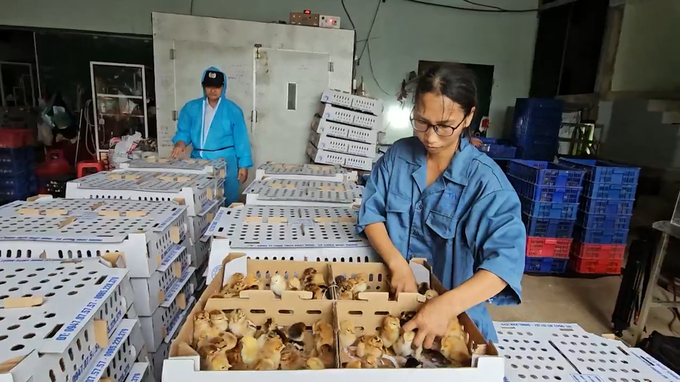
Each month the farm sells 50,000 high-quality chicken breeds on average. Photo: Tam Phung.
Each month the farm supplies the market with approximately 50,000 quality chicken breeds. "The selling price is VND 15,000 - 17,000/head., slightly higher than the price at the seed market. Even so, we still do not have enough products to sell,” he said. The story of "not enough products to sell" was immediately verified. During our conversation, at least three times Ngoc received phone calls from customers but had to refuse because there were no more chicken breeds to supply.
Translated by Samuel Pham
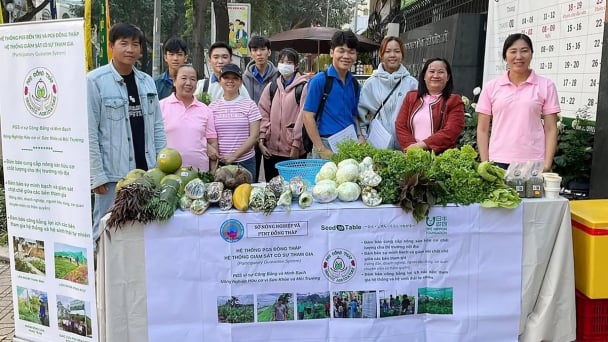
(VAN) Japan's grant aid project contributes to capacity building, promoting organic agricultural production, and fostering sustainable community development in Dong Thap province.

(VAN) For years, the CRISPR-Cas9 genome technology has been reshaping genetic engineering, a precision tool to transform everything from agriculture to medicine.

(VAN) Vietnam aims to become a 'leader' in the region in the capacity and managing effectively soil health and crop nutrition.
![Reducing emissions from rice fields: [Part 1] Farming clean rice together](https://t.ex-cdn.com/nongnghiepmoitruong.vn/608w/files/news/2025/05/05/z6509661417740_a647202949c539012a959e841c03e1d3-nongnghiep-143611.jpg)
(VAN) Growing clean rice helps reduce environmental pollution while increasing income, allowing farmers to feel secure in production and remain committed to their fields for the long term.
/2025/05/19/5136-1-144800_230.jpg)
(VAN) The Nghe An Provincial People's Committee has just approved the list of beneficiaries eligible for revenue from the Emission Reductions Payment Agreement (ERPA) in the North Central region for the year 2025.
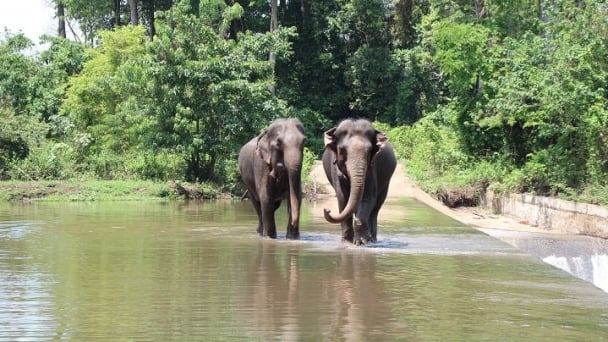
(VAN) 14 out of 35 domesticated elephants in Dak Lak province have had their living conditions improved, with 11 of them currently participating in the non-riding elephant tourism model.

(VAN) Muong Nhe Nature Reserve hopes that being upgraded to a national park will lay the foundation for forest protection efforts to be carried out in a systematic, modern, and sustainable manner.